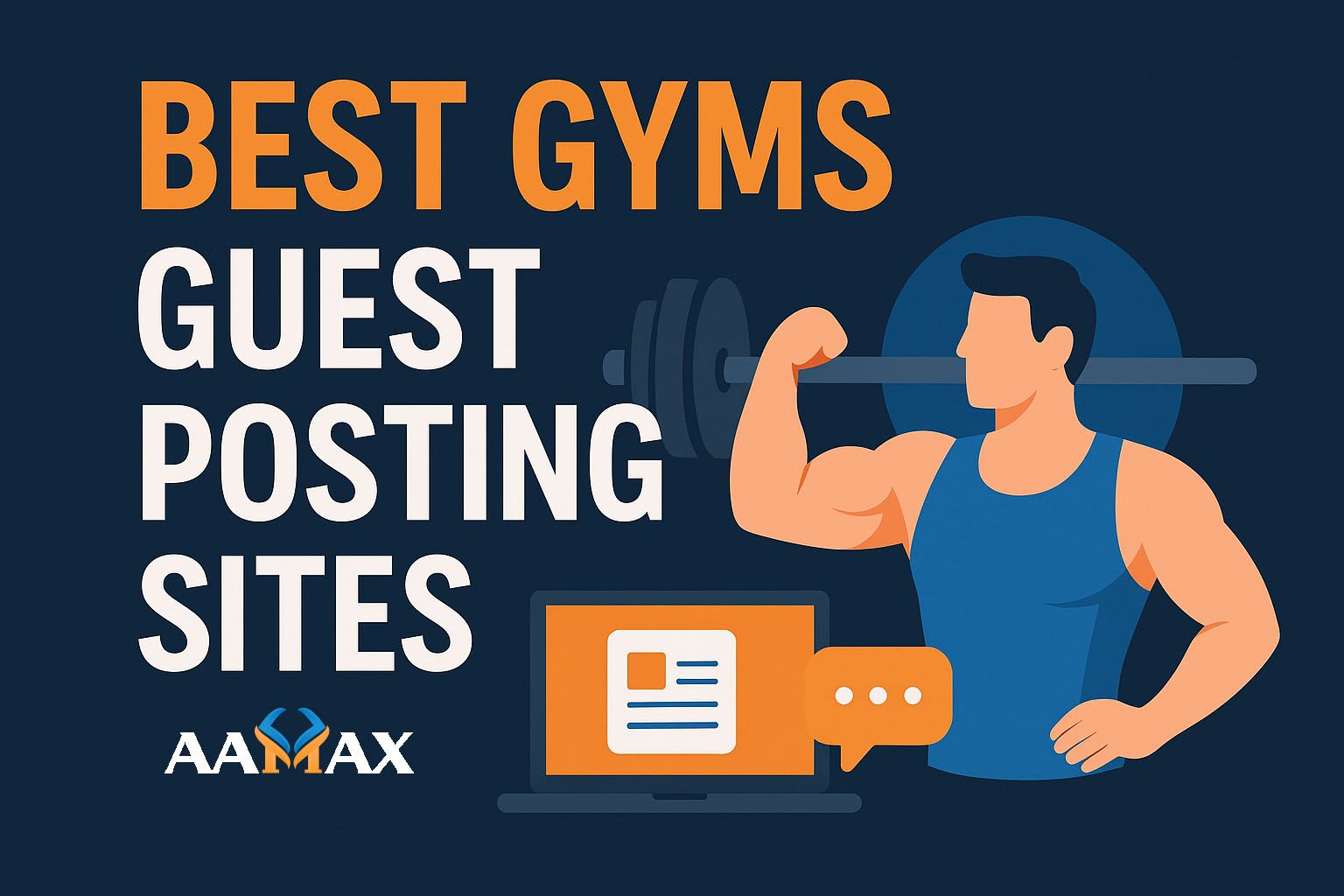
What Is Dynamic Keyword Insertion (DKI)? The Ultimate Guide
If you’ve ever clicked on a Google ad that mentioned the exact product or service you were searching for, there’s a good chance you experienced Dynamic Keyword Insertion (DKI) in action. It’s a powerful feature in pay-per-click (PPC) advertising that tailors your ads to match the user's search query, improving relevance, click-through rates (CTR), and ad performance.
In this guide, we’ll explain what DKI is, how it works, its pros and cons, and how to use it effectively to boost your paid search campaigns.
What Is Dynamic Keyword Insertion?
Dynamic Keyword Insertion (DKI) is a Google Ads (and Microsoft Ads) feature that dynamically updates your ad copy to include the specific keywords someone types into their search bar.
Here’s how it works: When a user searches for a term that triggers your ad, Google replaces a placeholder in your ad copy with the exact keyword (or a close variant) that triggered the ad. This makes the ad appear highly relevant to the searcher.
Example:
You create an ad with this headline:
Buy {KeyWord:Shoes} Online
- If someone searches for "running shoes," the ad might appear as:
Buy Running Shoes Online
- If they search for "basketball sneakers," it could appear as:
Buy Basketball Sneakers Online
- If the search term is too long or not allowed, the default term "Shoes" is shown.
Why Use Dynamic Keyword Insertion?
DKI has several benefits, especially when you're managing large campaigns with multiple ad groups.
1. Improves Relevance
Your ad feels more personalized to the user’s search intent. This makes users more likely to click because the ad closely matches what they typed.
2. Boosts Click-Through Rates (CTR)
Increased relevance typically leads to higher CTRs. Users are drawn to ads that mirror their queries.
3. Saves Time
Instead of writing dozens of ads for each keyword variation, DKI lets you create a few dynamic ads that cover many queries.
4. Enhances Quality Score
A better CTR and user experience can boost your Quality Score, which leads to lower costs per click (CPC) and better ad positioning.
How to Set Up Dynamic Keyword Insertion
Setting up DKI in your Google Ads is simple. Here's how:
Step 1: Write Your Ad With a Placeholder
Use this format to insert keywords dynamically:
{KeyWord:DefaultText}
- KeyWord (or keyword, Keyword) is case-sensitive.
- DefaultText is the fallback if the dynamic keyword is too long or disallowed.
Step 2: Use DKI in Headline or Description
You can place the dynamic keyword anywhere in the ad: headline, description, or display path. Examples:
- Headline: Buy {KeyWord:Affordable Shoes} Today
- Description: Get the best deals on {KeyWord:Running Shoes}.
Step 3: Choose the Right Keyword Match Types
DKI works best with exact, phrase, or broad match modifier keywords. Avoid using broad match only, as it might lead to irrelevant insertions.
Best Practices for Using Dynamic Keyword Insertion
While DKI can supercharge your ad performance, improper use can harm your brand or lead to disapproved ads.
1. Use Proper Capitalization
Choose the capitalization format that fits your branding:
{keyword}= lowercase{Keyword}= first letter capitalized{KeyWord}= title case
2. Watch Character Limits
Google limits headlines to 30 characters. If the inserted keyword exceeds the limit, Google uses the default text.
3. Test Your Ads
Preview how your ad will look with different keywords. Use the ad preview tool in Google Ads to check for awkward phrasing.
4. Use DKI in the Right Context
DKI works best in product-focused campaigns where user intent is clear. Avoid using it in sensitive industries (e.g., healthcare, finance) where strict compliance is required.
5. Avoid Generic Defaults
Make sure your default keyword still makes sense in the context of the ad.
Pros and Cons of Dynamic Keyword Insertion
Pros
- Higher relevance and personalization
- Better CTR and Quality Score
- Less manual work
- Works well in large campaigns with multiple variations
Cons
- Risk of awkward or ungrammatical phrasing
- May insert trademarks or disallowed words
- Not suitable for all industries or products
- Requires close monitoring and testing
Common Mistakes to Avoid
1. Using DKI Without Proper Keyword Research
DKI only works well if your keywords are tightly grouped and relevant. Broad or unrelated terms can lead to awkward ads.
2. Forgetting the Default Text
Always include a meaningful default keyword so your ad still makes sense if dynamic insertion fails.
3. Using DKI in All Ads
Don’t overuse DKI. It’s powerful, but static ads may perform better in brand-sensitive campaigns.
Dynamic Keyword Insertion vs Static Ads
| Feature | Dynamic Keyword Insertion | Static Ads | | ------------------------ | ------------------------------------- | --------------------------- | | Personalization | High | Low | | Control Over Copy | Lower | Higher | | Scalability | Very scalable | Manual setup needed | | Consistency in Messaging | Varies per keyword | Consistent across the board | | Risk | Higher (due to lack of manual review) | Lower |
When Should You Use DKI?
DKI is ideal for:
- Ecommerce campaigns with multiple products
- Local ads targeting different cities or regions
- Seasonal promotions where you want fast turnaround
- Landing pages optimized for multiple variations
Avoid using DKI in:
- Branded or compliance-heavy campaigns
- Ads where tone and message consistency is crucial
A Real-Life Example of DKI Success
Let’s say you run an ecommerce store selling footwear. Instead of writing individual ads for "running shoes," "basketball shoes," "hiking boots," etc., you use:
Headline: Buy {KeyWord:Quality Shoes} Online
Description: Fast Shipping & Best Prices on {KeyWord:Shoes}!
Now, users searching for any of those terms will see exactly what they typed in, improving their likelihood of clicking.
CTR increases, Quality Score improves, and your cost per acquisition (CPA) goes down. That’s the power of smart automation.
Final Thoughts
Dynamic Keyword Insertion is a powerful tool for digital advertisers who want to increase relevance and performance without writing dozens of ad variations. When used wisely, it saves time, boosts CTR, and helps deliver highly targeted messaging.
But like any tool, DKI requires strategy and monitoring. Not every campaign benefits from it, and poor implementation can hurt your brand image. Use DKI alongside other PPC tactics for a balanced, high-performing paid search strategy.
If you're looking to set up optimized ad campaigns with intelligent keyword targeting, consider hiring AAMAX for digital marketing services. AAMAX is a full-service digital marketing company offering Web Development, SEO, and performance marketing solutions to help you grow smarter and faster.







